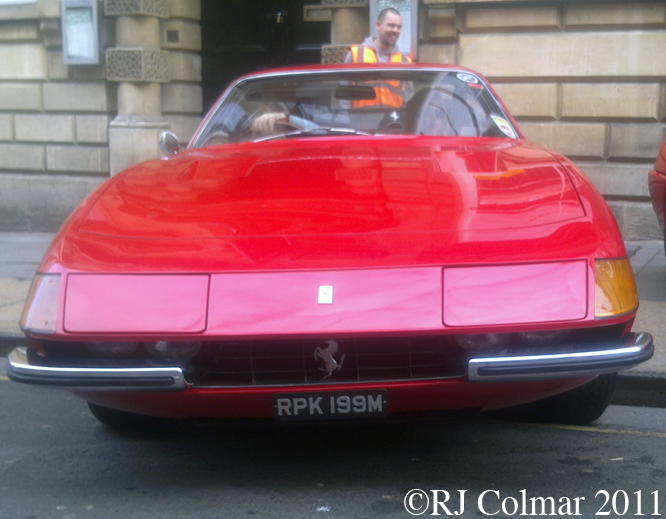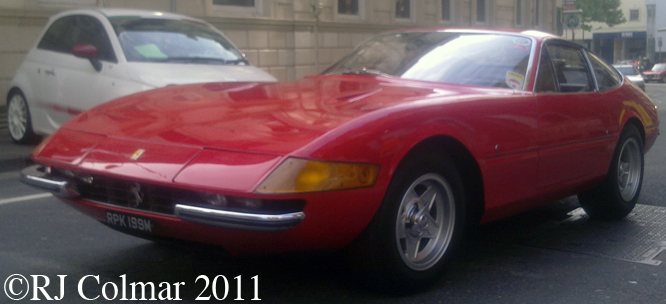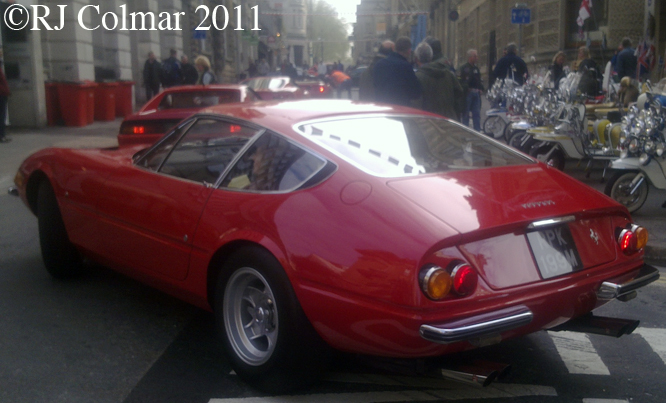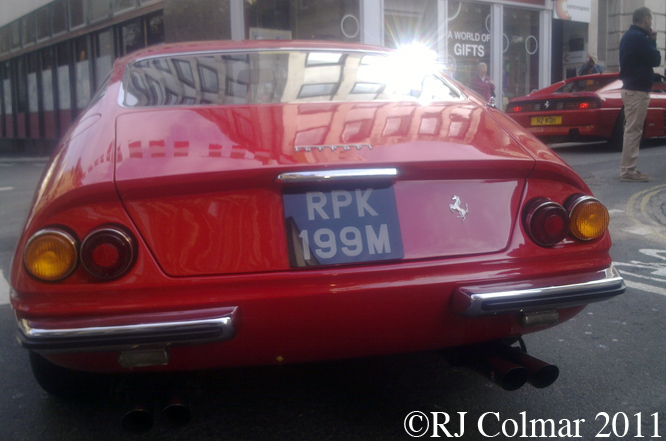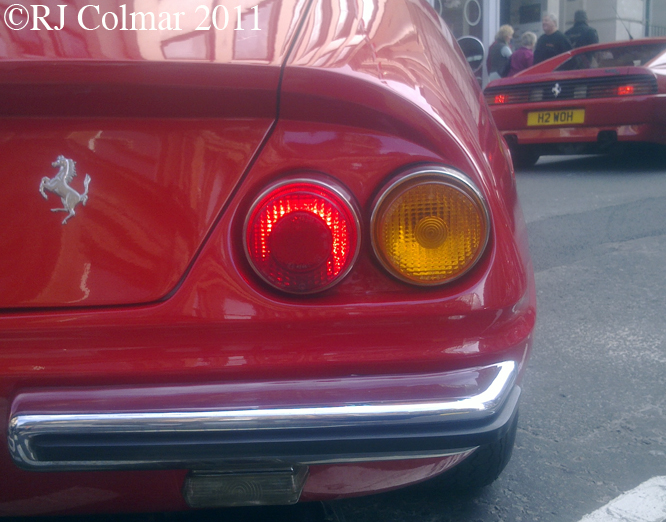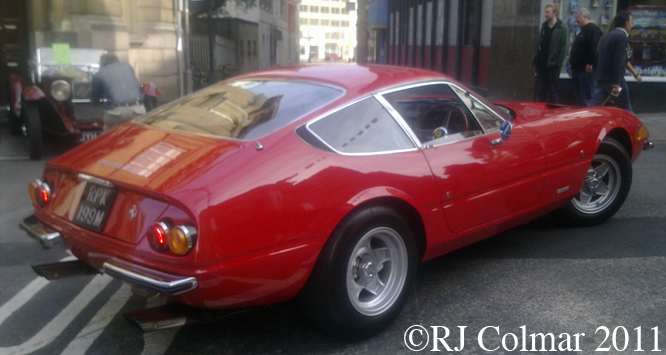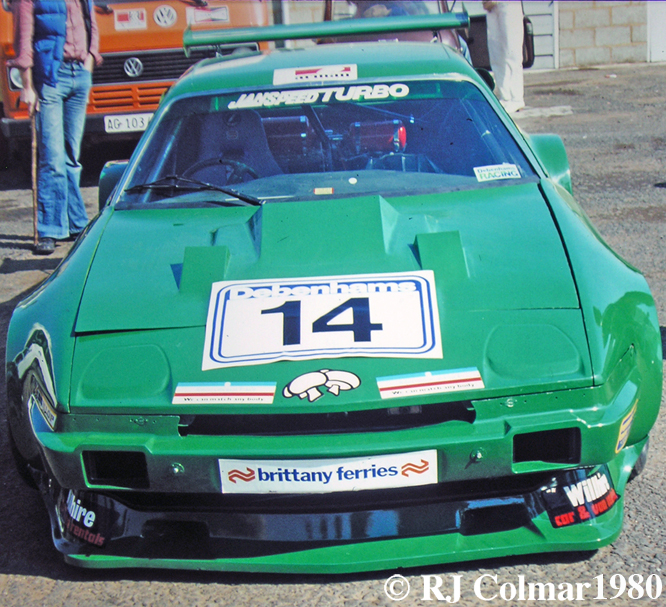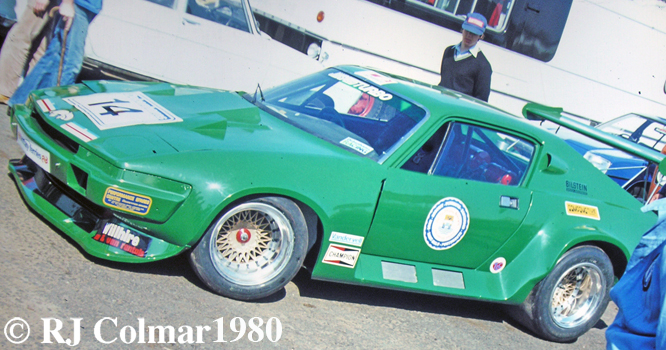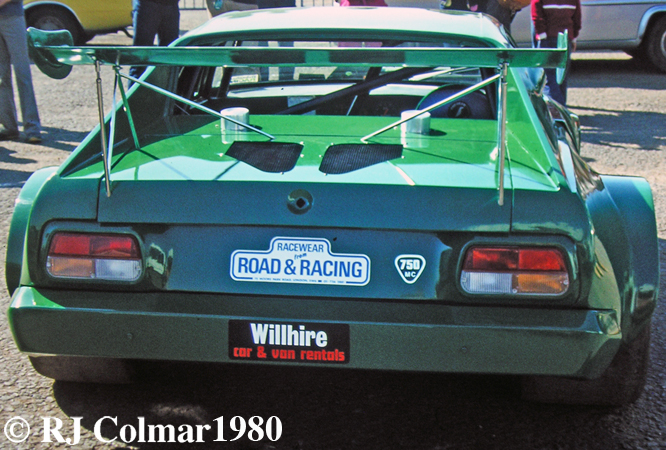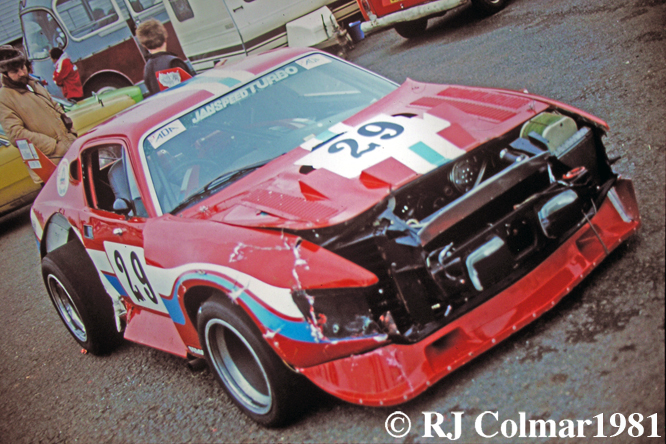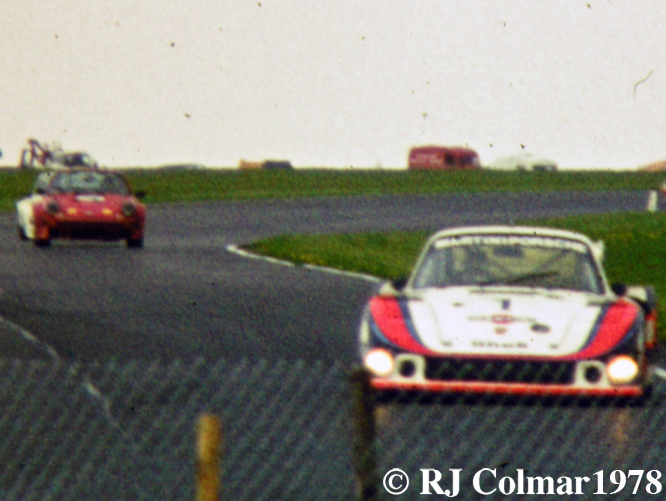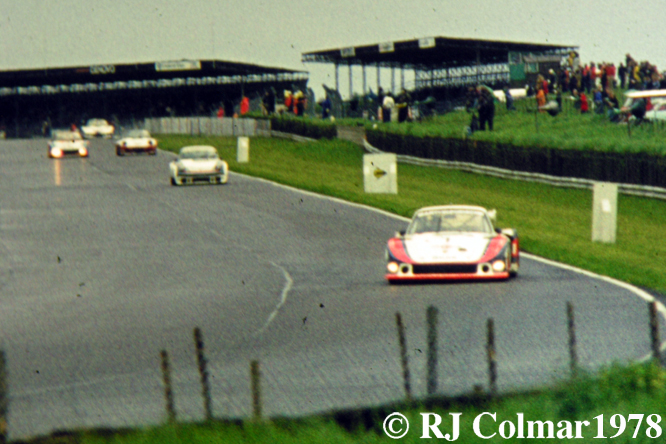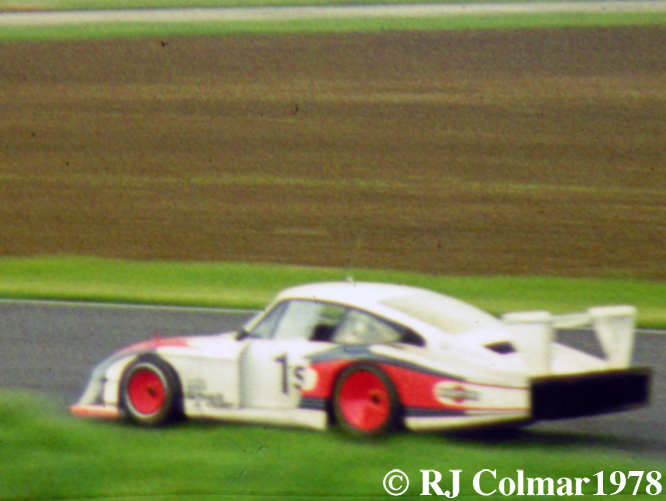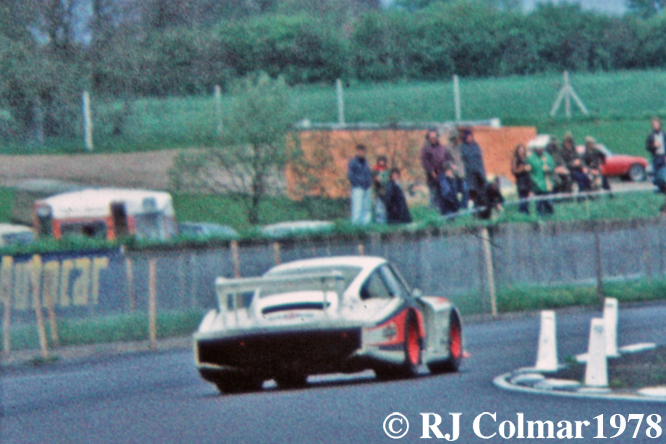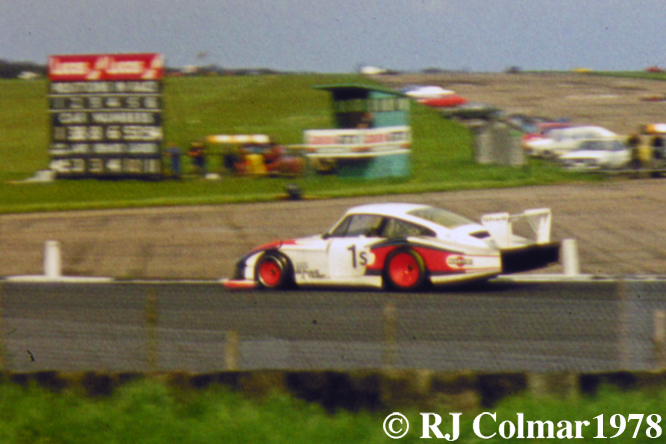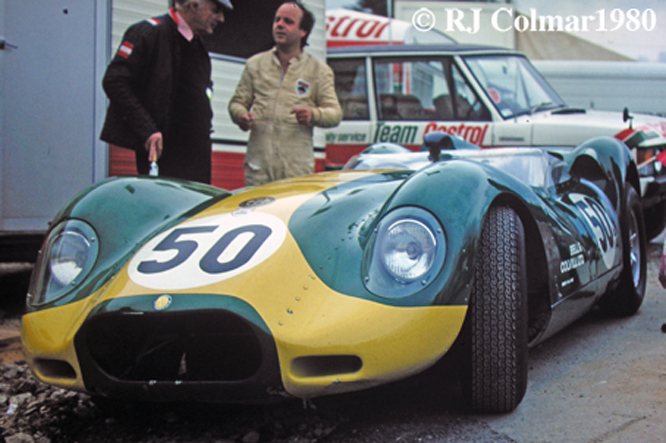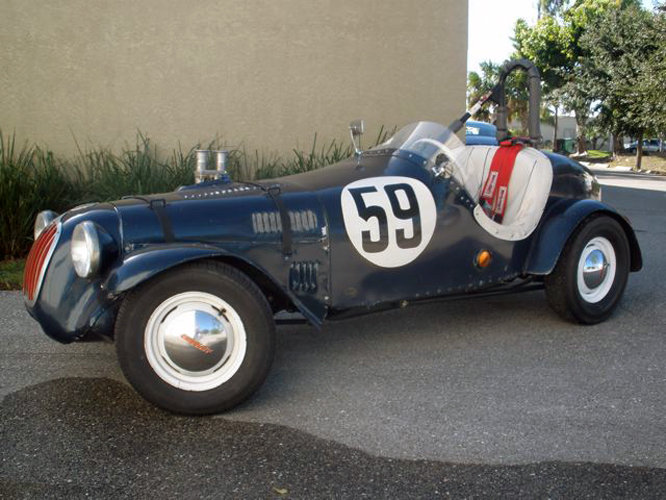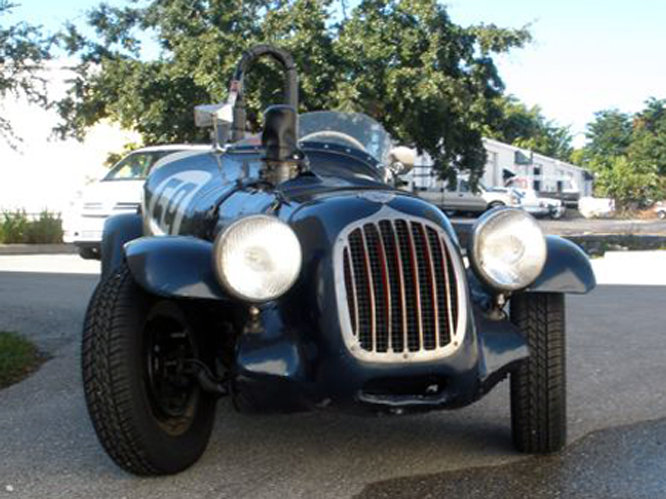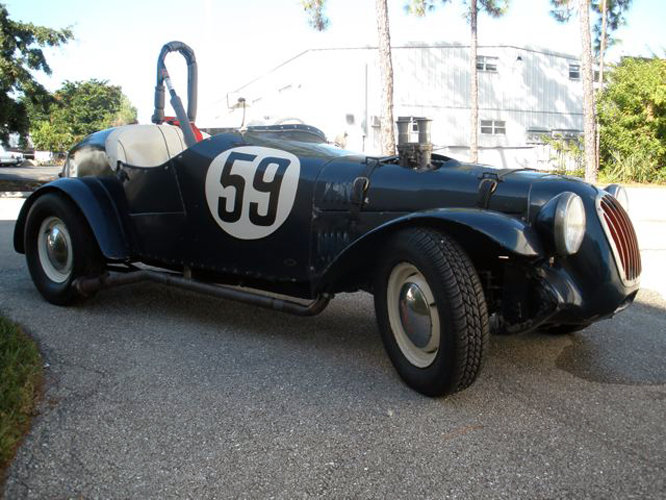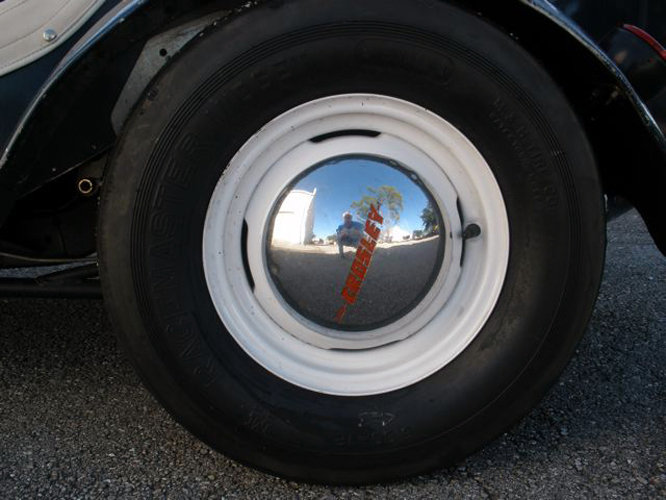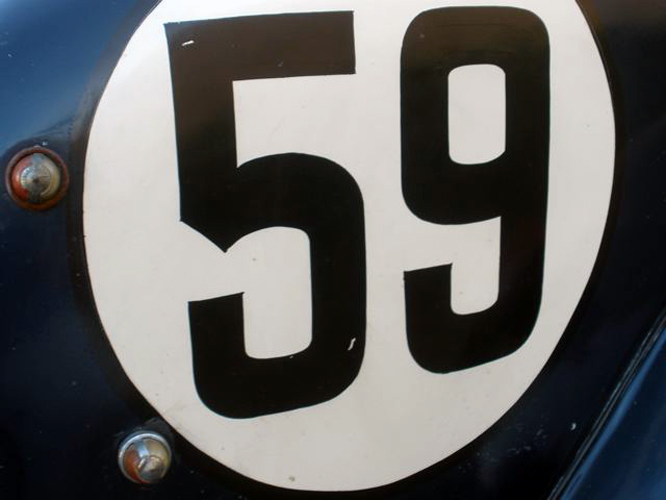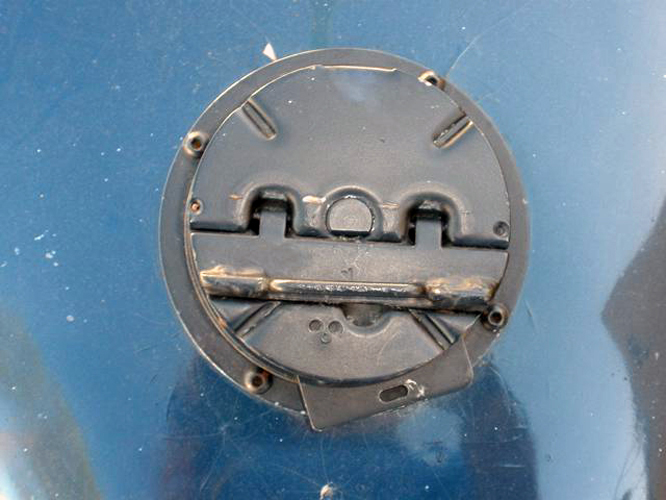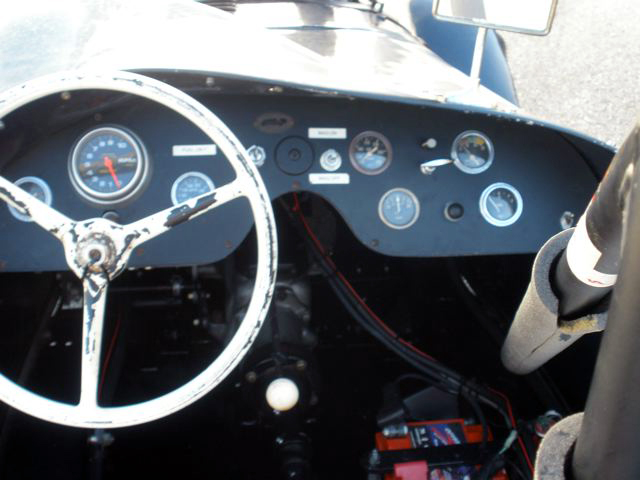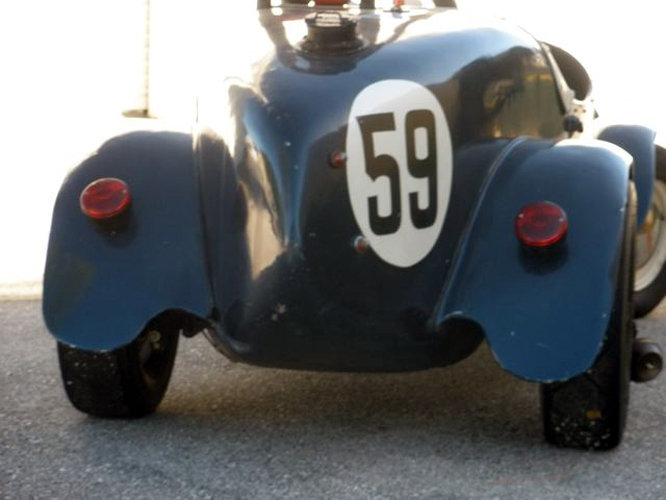Thanks again go to Steve & Ed Arnaudin for providing today’s unusual photograph which Ed purchased somewhere around 1958/59.
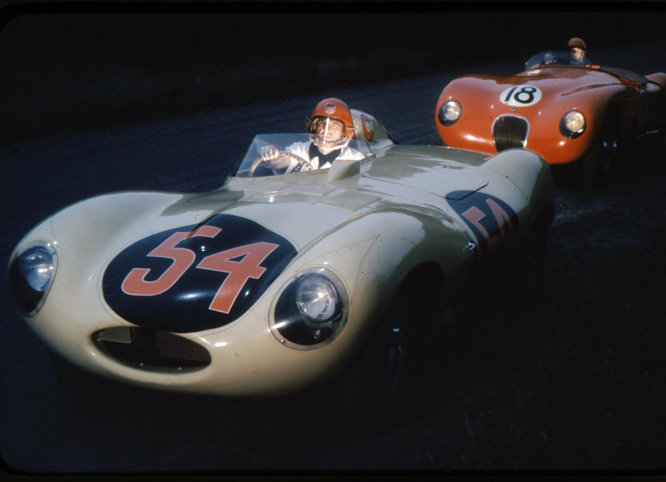
Photo by Carlyle Blackwell, Publised Courtesy Blackwell Archive, for sales enquiry’s please e-mail infoATpsychoontyres.co.uk and your contact details will be forwarded to the Blackwell Archive.
Extensive research on The Nostalgia Forum has revealed that not only the cars but also the lead driver AND the photograph itself all have stories to tell.
This photograph appears to have been taken in the studio by Carlyle Blackwell around 1956/57, when he was the owner of the red #18 C-Type XKC 007 which he raced between 1955 and 1957. The #54 D-type is thought to be XKD 531 owned and raced by J Douglas.
It should be noted that this blog is a research project in progress and the identification of the chassis numbers is still not definitive. I have tried to reach the copyright holders but so far in vain so it is possible I might have to withdraw this blog at some point.
The D-type Jaguar like the C-Type was a factory built racing car powered by a variation of the same XK engine design as the XK 120, XK 140 and C-type.
Like the late C-Type the D-Type was fitted with efficient disc brakes. It’s debut at Le Mans in 1954 was thwarted by sand in the fuel, once it was removed Duncan Hamilton & Tony Rolt took their D-type back up the field to second place 1 lap down on the winning Ferrari of Jóse Frolián González and Maurice ‘Racing Is Life’ Trintignant.
The following year Mike Hawthorn and Ivor Beub driving a D-Type won a hollow Le Mans Victory after the Mercedes Benz team withdrew following the horrendous crash in which an estimated 83 spectators lost their lives and a further 120 were injured.
D-types entered by the private Ecurie Ecosse team took two further victories in ’56 and ’57.
The #54 XKD 531, which I believe we are looking at here, is one of 53 customer D-types, this one was raced from 1956 to 1957 by J Douglas and then from 1958 to at least 1959 by Ray Seher.
The red #18 C-type XKC 007 was originally owned by Charles H Hornburg Jnr who had future US World Champion Grand Prix driver Phil Hill drive it to two victories in 1952, Phil said of XKC 007 ” It was the first car I ever drove that had a really precise feel about it – it really felt like a racing car.”
Carlyle Blackwell acquired the car in 1955 and raced it through to the end of 1957 before acquiring the D-type XKD 528.
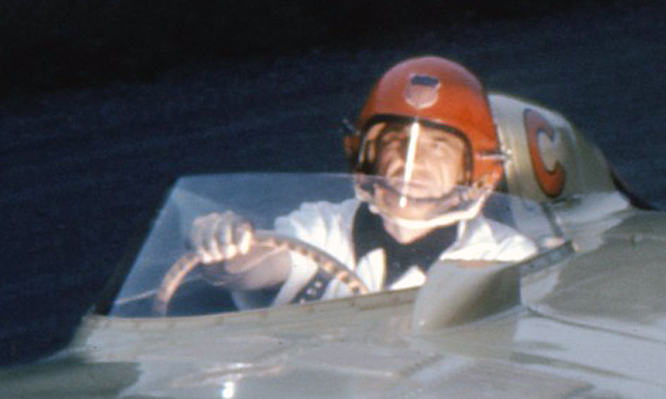
Photo by Carlyle Blackwell, Publised Courtesy Blackwell Archive, for sales enquiry’s please e-mail infoATpsychoontyres.co.uk and your contact details will be forwarded to the Blackwell Archive.
The story of this photo does not stop with the cars however, look closely at the driver of the #54 and some of you might recognise the face as none other than that of Emmy winning writer Jack Douglas.
A detail of this photograph appeared on the cover of Sports Car Graphic in March 1963 the masthead reads “If the face on this month’s cover looks familiar, it should be. It belongs to Jack Douglas, writer, author of among other things, “My brother was an only child”, and sometime race driver. The photo was shot by his friend, Hollywood photographer Carlyle Blackwell.”
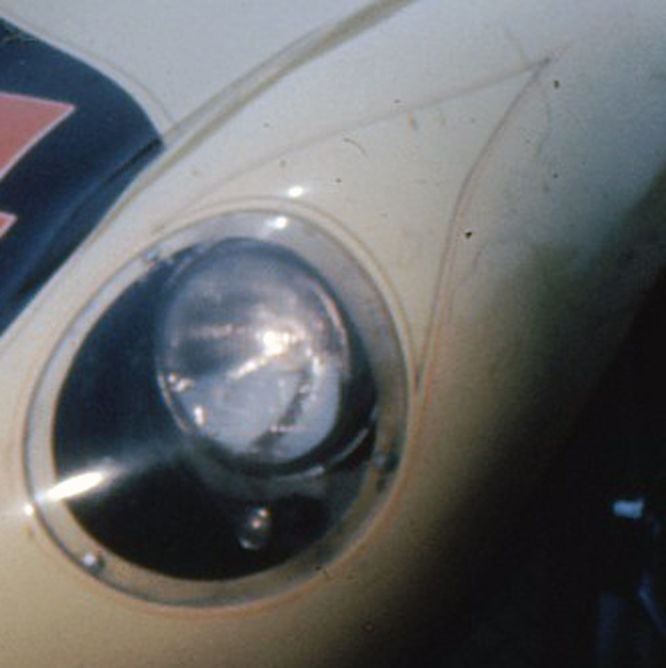
Photo by Carlyle Blackwell, Publised Courtesy Blackwell Archive, for sales enquiry’s please e-mail infoATpsychoontyres.co.uk and your contact details will be forwarded to the Blackwell Archive.
The whole photograph as seen at the top of the blog first appeared on the cover of Sports Car Illustrated in February 1957 with a masthead that reads “Carlyle Blackwell shot this Ektachrome of a pair of competition Jaguars booming through the night.”
As can be seen studio lights are used to illuminate both drivers and the front of the #18.
Note how the colour from Ed’s purchased slide has darkened around an apparently ivory car, while the colour of the car as it appears on the cover of Sports Car Illustrated appears yellowish, the colour of Jacks car at the time has been described as ‘mustard yellow’ which only goes to show how unreliable photographs can be when trying to identify vehicles back in the day.
To date this is without doubt one of the most fascinating photographs I have ever come across. My thanks to Steve and particularly Ed Arnaudin who first purchased the photograph. Thanks also to everyone on the Auto Slides by Blackwell thread on The Nostalgia Forum for their invaluable contributions including, RA Historian Tom, Frank Barrett, Jean L, Jerry Entin, Frank Sheffield, Frank Hill, JB Miltonian, and raceanouncer 2003 Vince H.
I hope anyone believing they can improve on the accuracy of my hypothesis about this photo or with contacts leading to the Blackwell estate will chime in below.
Hope you have enjoyed this ‘Carceology’ edition of “Getting a lil’ psycho on tyres’ and that you will join me again tomorrow to see a ‘mystery’ vehicle with a Cat under the hood. Don’t forget to come back now !
28 07 12 PS My thanks to Pamela Blackwell who has kindly retrospectively given me permission to post the photo’s her father took.
Pamela tells me that her brother is seen at the wheel of the #18 Jaguar C-type in the photograph and that the photo was taken in Carlyle Blackwell’s driveway.

